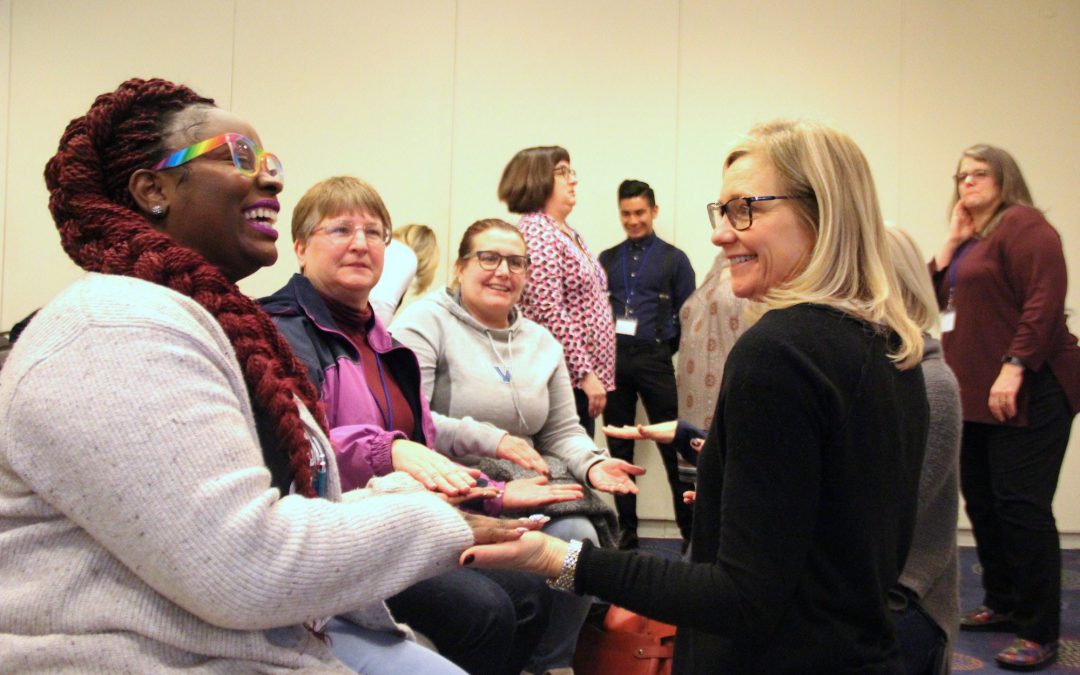WASHINGTON — Educators from the United States, Canada, Australia, Europe, and Africa pushed Tuesday for schools across the globe to become better equipped to help children who have experienced trauma through different approaches to their education.
“There is a need in schools for educators to understand how trauma impacts children’s early development. Trauma is a worldwide crisis,” said Julie Bheem, executive director of the Attachment & Trauma Network Inc. at the second annual 2019 Creating Trauma-Sensitive Schools Conference.
Trauma-informed instruction recognizes that many children across the country have experienced trauma that impacts their behavior and learning while taking a new approach to shaping education culture and policies sensitive to students with different cultural backgrounds, Bheem said.
Studies show that thousands of children have experienced abuse, neglect, discrimination, violence, and other adverse experiences in their early childhood development, experts said. And the increase in school shootings is a trauma trend that requires new training for educators who work with students involved in a shooting incident.
According to a 2015 report by the Substance Abuse and Mental Health Services Administration, more than two thirds of children reported at least one traumatic event by age 16. Furthermore, the national average of child abuse and neglect victims in 2013 was 679,000, or 9.1 victims per 1,000 children.
Among the changes recommended by educators: more psychological and mental health services, training teachers to recognize the signs and symptoms of trauma in individual children and families, and providing resources on how to prevent retraumatization or inadvertently reminding students of their traumatic experiences.
Dr. Melissa Sadin, who serves as director of special education in Morris County, New Jersey and provides professional training to districts across the country seeking trauma-informed education, said her son Theo’s story is similar to many children across the world who have been unintentionally retraumatized at their schools.
Sadin said change to how educators are trained is necessary to accommodate students impacted by trauma.
“My husband and I found Theo at a Bulgarian orphanage when he was two. It took us a year to get him out and he clearly experienced a lot of trauma,” said Sadin. “My son represents half the population of children who were hurt in schools emotionally, and in some cases physically, not with intention but with lack of knowledge. When we are harming children, that is urgent.”
The movement of trauma-informed education has received attention at a federal level.
In 2018, the Trauma-Informed Schools Act was introduced to the House of Representatives five days before the beginning of the government shutdown.
The bill was intended to amend the Elementary and Secondary Education Act of 1965 to provide the use of federal funds to support trauma-informed practices in schools.
However, the bill never made it to a vote.
The Department of Education and American Institutes for Research created a joint initiative known as the National Center on Safe Supportive Learning Environment, which provides online resources and a training package about trauma-informed education.
Teachers like Emily Hale, who works at a Virginia elementary school, insist that these resources and training are useful but must be supplemented by federal funding, greater congressional action, and national awareness.
“I think leaders need to know that mental health is a huge issue in our society and we as teachers see it everyday,” said Hale. “We can’t worry about teaching when our kids are going through so much that they can’t learn. It’s important we get that financial backing. We aren’t being greedy. We are thinking of the kids we teach.”


